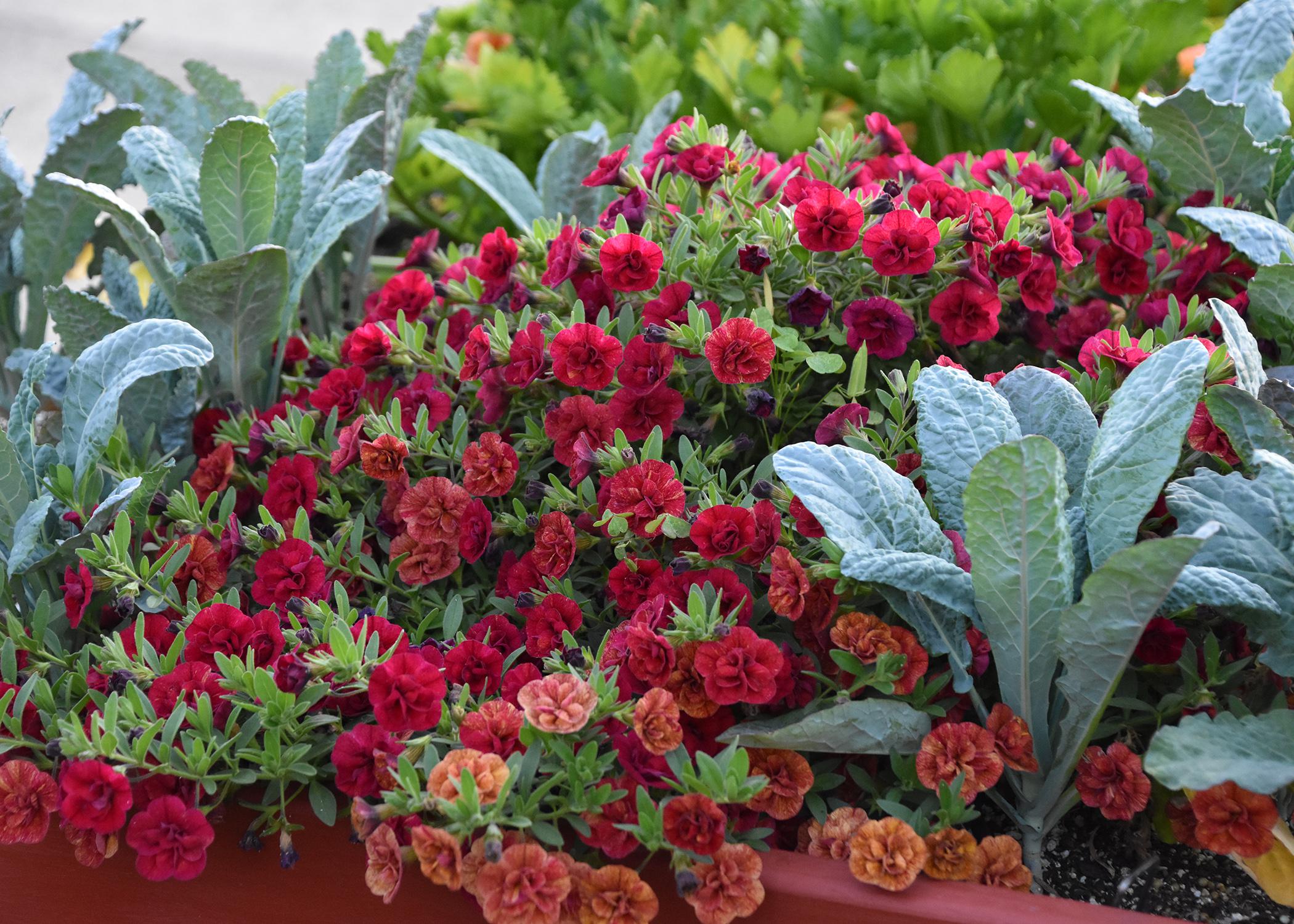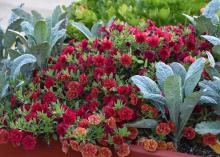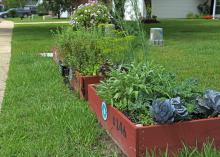Information Possibly Outdated
The information presented on this page was originally released on December 28, 2020. It may not be outdated, but please search our site for more current information. If you plan to quote or reference this information in a publication, please check with the Extension specialist or author before proceeding.
2020 highlighted a few garden trends
For at least 10 years, I’ve been actively wondering what direction our landscape and gardening practices are headed. Being a horticulturist with the Mississippi State University Extension Service, I’ve had the opportunity to ask this question of gardeners and nongardeners alike, as well as commercial horticulture growers.
Gardening habits have been going through some major changes during this time, especially in the area of consumers garden expectations.
In 2019, the National Gardening Bureau conducted a survey asking the question, “What does your future garden look like?” At that time, who could have predicted the way COVID-19 has changed everything?
I’m going to paraphrase the responses to a few of the 2019 survey questions and combine them with my own observations and personal gardening activities.
To the question of why people don’t garden more, respondents over age 35 said they didn’t have enough time. This makes sense as most people have jobs outside the home and there is a perception that gardens require a lot of labor. In reality, garden size has decreased over time in response to decreasing urban home sites.
So, what are the traits consumers want in a plant or garden? Regardless of age, consumers want healthier and disease- and pest-resistant plants that produce more harvest. This generally means they buy the newer hybrid plants.
Home gardeners are also worried about food security and production. They are attracted to organically grown food, but there is a limit to this interest.
Most home gardeners are not interested in conducting their own trial-and-error plantings. They want specific plant and crop recommendations from trusted sources, like MSU Extension or the National Gardening Bureau. This feeds interest in the results of trialing programs like our Mississippi Medallion Program and the National Gardening Bureau’s All-America Selections.
When asked which sources of gardening information they used, respondents said they rely on digital sources, with many gardeners looking towards social media.
This is a wonderful vehicle to get information from trusted gardening sources out quickly to a wide swath of the gardening public. The downside is that a lot of really bad information gets irresponsibly shared, and this misinformation tends to propagate across the Internet faster than good, reliable information. You should never garden by meme!
During the year of COVID, one part of life that an increasing number of people found enjoyable was the garden and landscape. The garden became an escape during the time of lockdowns and quarantines.
With more time to spend gardening, neighbors were able to share garden harvests with each other. My wife and I did this with our Little Free Garden. New names for the garden popped up like Victory Garden 2.0 and COVID Victory Garden.
I have really liked the references to victory, and much like the Victory Gardens of World War II, our 2020 and beyond gardens are going to help us get through COVID in (hopefully) the near future.
The National Gardening Bureau is going to conduct a follow-up to the 2019 survey to try to capture future gardening trends in a post-COVID garden. You can participate by going to their website, https://ngb.org, and subscribing to their email newsletter.
What a year we are finishing! Most, if not all of us, are ready to get 2020 in our gardening rearview mirror.





